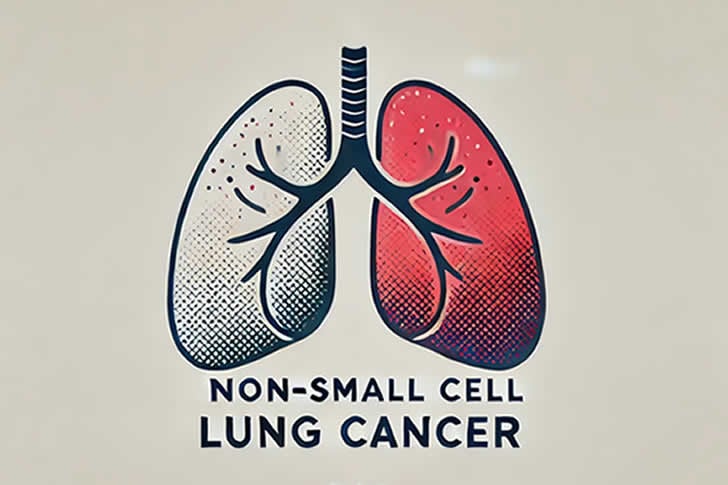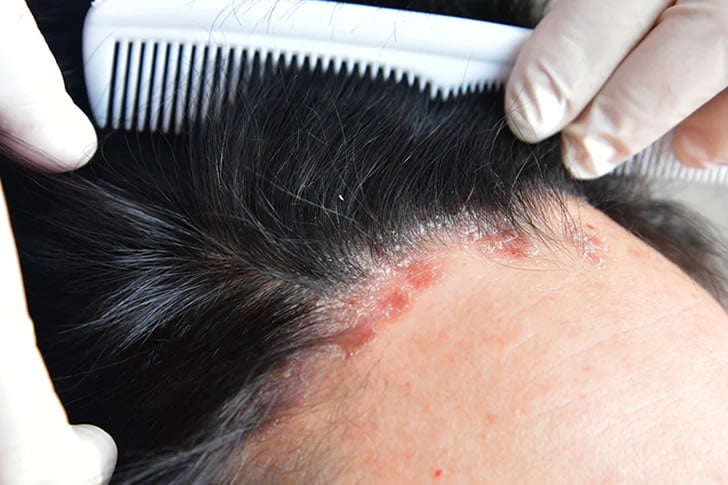Non-Small Cell Lung Cancer (NSCLC) requires a multidisciplinary approach. This guide offers key tips and advice on NSCLC treatment, targeted therapy, and immunotherapy.
ADVERTISEMENT

Non-Small Cell Lung Cancer (NSCLC) requires a multidisciplinary approach. This guide offers key tips and advice on NSCLC treatment, targeted therapy, and immunotherapy.
NSCLC treatment involves several strategies, often used in combination, depending on the stage and specific characteristics of the cancer. Here are the primary approaches:
Surgical removal of the tumor is often the first line of treatment if the cancer is localized and operable. Techniques include lobectomy (removal of a lobe), pneumonectomy (removal of a lung), and wedge resection (removal of a tumor section).
Radiation therapy uses high-energy rays to target and kill cancerous cells. It’s frequently employed post-surgery to eliminate residual cancer cells or as a primary treatment when surgery isn’t possible.
Chemotherapy involves using drugs to kill rapidly dividing cancer cells. It's often used in conjunction with other therapies to increase efficacy, particularly in advanced stages of NSCLC.
Targeted therapy is an advanced treatment that aims at specific genetic mutations or proteins driving cancer growth.
Unlike traditional chemotherapy, targeted therapy zeros in on molecular alterations specific to cancer cells, thereby minimizing damage to normal cells. This precision approach can lead to better outcomes and fewer side effects.
Immunotherapy leverages the body’s immune system to recognize and fight cancer cells. It has revolutionized the treatment landscape for advanced NSCLC.
Immunotherapy drugs, such as checkpoint inhibitors, enhance the body’s natural defenses. These treatments block proteins that prevent immune cells from attacking cancer cells.
Often, a multidisciplinary approach combining surgery, radiation, chemotherapy, targeted therapy, and immunotherapy yields the top results. Oncologists tailor treatments based on the cancer’s genetic profile, stage, and patient’s overall health.
A personalized approach is essential for successful NSCLC management. Genetic testing and biomarker analysis guide treatment choices, ensuring they’re tailored to your specific cancer type.
Effective NSCLC treatment involves addressing overall well-being. This includes managing symptoms, psychological support, and palliative care to improve the quality of life.
Being well-informed about your condition and treatment options empowers you to make better decisions and participate actively in your care. Joining support groups and keeping abreast of the latest research can be beneficial.
Navigating NSCLC treatment can be complex, but understanding the options of surgery, radiation, chemotherapy, targeted therapy, and immunotherapy allows for informed decisions. Working closely with your healthcare team is key to devising the very effective and personalized treatment plan. Stay proactive, maintain open communication with your medical providers, and seek support from patient communities to help manage your journey with NSCLC.

Discover how to get affordable full dental implants in one day, including grants and tips for seniors.

Plaque psoriasis is a chronic skin condition. Understanding its symptoms and exploring available treatment options can help manage the condition more effectively.

Explore financing solutions for dental implants and clinical trial opportunities when facing dental health issues.

As we age, dental health becomes increasingly important, yet it often becomes more challenging to maintain. This guide aims to help seniors find affordable dental treatments.

Renal impairment and kidney disease require careful management and effective treatment to maintain health and quality of life.

Varicose veins can be unsightly and uncomfortable. This guide provides advice on treatment options and self-care strategies to help manage their symptoms effectively.

Explore affordable dental implants for seniors, funding options, and Medicare dental plans for long-lasting smiles.

Varicose vein treatment can enhance appearance and relieve discomfort. Here, we explore various treatments, their associated costs, and potential risks.